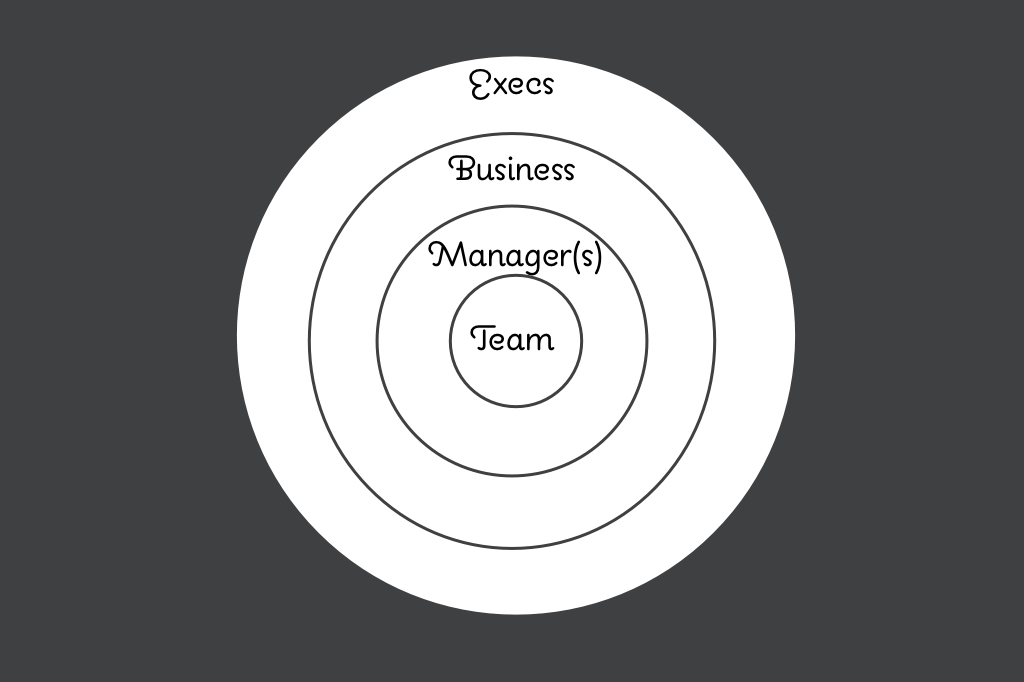Reflections & Learnings from Continuous Learning Event
Last week, we (along with Mark Graban) had the pleasure of spending 2 days with 40 individuals focused on looking at continuous learning and improvement. If you missed the event, it is archived here.
We posted a little while back about why we were excited about the event. Now that the event has passed, we wanted to quickly share some of our ‘A-ha’ moments.
Last week, we co-hosted an event with Mark Graban. We had the pleasure of spending two days with forty individuals focused on looking at continuous learning and improvement.
We previously posted on why we were excited about the event. Now that the event has passed, we wanted to share our "A-ha" moments.
Seeing and Hearing the Andon Cord
The Toyota Andon Cord is famous in the lean and agile communities. The Andon cord is a cord that anyone on the manufacturing line can pull to "stop the line" to correct a production problem. Two powerful realizations surprised us about the Andon cord. First, the frequency of the pulls was much higher than we expected. Second, the sound played when somebody pulls the cord is cheerful music! We were expecting a sound more like an alarm. The cheerful sound celebrates finding and fixing an issue before it becomes costly.
I compare this to what we commonly experience in software development. When we encounter an issue we tend to focus more on keeping delivery going and not on "stopping the line." (How many of you work with teams where the whole team stops current work to address a build failure?) We want to meet deadlines and don‘t discuss small friction in real time. The easiest time to fix this friction is when it's happening. What if we celebrated discovering issues earlier as a way of fostering continual improvement? Dojos focus on this through early single piece flow.
Suppliers on Site
We imagine the numbers are public since we were on a public tour of Toyota, but it was astonishing that of the workforce at the plant we visited, over half were from suppliers. Yes, they were there supplying (manufacturing and fixing) the parts that Toyota uses. Read that again. Over half of the workforce on site were suppliers. With this setup, parts are literally arriving "Just in Time." There is no risk of shipping delays from suppliers, no need for heavyweight logistical inventory management, and no need for constant negotiations over contracts devoid of the context of work in progress. And it makes Toyota have a beautiful symphony of construction.
In our world, how possible is it to have suppliers be part of our construction? The organizations we work with have an advantage over Toyota. Most times the "suppliers" are employees. Yet we often confuse activity for progress. Everyone is moving as fast as they can. They must stay busy! This comes at the cost of delivering value. This is an easily solvable problem. Dojos help magnify this constraint.
Experimenting, Learning, and Safety
We also visited Garrison Brothers distillery to see how they apply continuous learning and improvement. We had a wonderful conversation with their head distiller. He shared stories of how they experiment with improving their product and develop new variations (including a honey infused bourbon).
He shared one example of a bourbon he wanted to make with a certain taste profile - his experiment. Guess what? It didn’t work. He had to tell the owner that a large batch ($50K in potential sales) wasn’t up to snuff and that it would have to be set aside to evaporate. Which they did. Because it was the right thing to do. They don't release products they are not proud of.
And they continue to experiment in an environment where it's safe to be wrong. Otherwise, they know they won't get better.
A beautiful story for a small distillery.
You Can't Teach Everything...and Shouldn't
Our group also asked the head distiller what he teaches the other distillers and what kind of consistency he expects from them in the distillation process.
His answer was more profound than our words will capture, but let us share the key thoughts.
He can teach the process - the ratios, the mixes, the times, the temperatures - but he can’t teach the taste. And he doesn’t want to because everyone’s pallet is different. Some character comes from the ‘white dog’ (raw whiskey), but the majority of the flavor comes from the aging process. He learns the characteristics of how the other distillers' bourbon ages. This knowledge can help him later on if he is blending barrels. But - he isn’t looking to change anyone’s taste - or teach them his taste.
That comment tied directly into the session that we led on Thursday around tacit vs explicit knowledge. (We'll explore this topic in more depth in an upcoming post.) Dojos acknowledge both types of knowledge and coaches work to foster knowledge creation both tacitly and explicitly.
AND MANY MORE…
Both tours were great experiences. The attendees also shared their stories and knowledge. The topics were numerous - lack of stress even with low tak time, the visible enjoyment in work, lack of visible goals while still delivering quality with volunteers, differences between volunteering to work and being "driven" to work, respect for people… and so much more. And sharing the experience with the diverse group of attendees elevated the quality of the event.
If you joined us, please share some of your key learnings. If you missed out, we are already thinking about the next event that combines experiences with sharing and learning from each other. Stay tuned!
Mark’s Thoughts On The Event
Mark Graban also shared his thoughts of the event on his blog:
https://www.leanblog.org/2018/10/highlights-from-our-lean-event-tour-at-toyota/
Empowering & Enabling Responsibility
Empowering teams is a topic the DevOps and Agile communities frequently talk about. But it is easier said than done. Here is one simple approach to empowering teams you can do right now.
But first a little background...
Empowering teams is a topic the DevOps and Agile communities frequently talk about. But it is easier said than done. Here is one simple approach to empowering teams you can do right now.
But first a little background...
Responsibility vs Accountability
We frequently work with leaders who are new to DevOps. We ask them straightforward questions such as - “Why are you interested in DevOps?” We often hear answers along the lines of “We want to make teams more accountable for their actions.” When we dig in a bit further, we learn this is not actually what they mean. What they are trying to say is that they want to empower teams with responsibility for their own work.
What’s the difference between accountability and responsibility? Look up the definitions and you might find yourself going back and forth between them endlessly. It’s as if you are trying to navigate through an M.C. Escher drawing.
For us, being accountable means you’re answerable for something. In its worse form, a leader makes the team answerable for an outcome that is beyond their control to influence. It can come from command-and-control style of leadership. If you’ve ever been held accountable for meeting a goal without the ability to influence how to accomplish it, you know what we mean.
Being responsible means you have the competency, authority, and the correct understanding of the desired outcome so that you can deliver that outcome as you see fit.
When we discuss this topic with leadership, we often use Christopher Avery's work around the responsibility process. It’s an effective conversation starter that helps shift the focus away from accountability toward responsibility.
With that context out of the way, let's look at the one simple thing you can do to empower teams.
Decision Rings
The image above is something you can refer to with your leaders, coaches, and teams. In this example, the center circle is the team, the next outer circle is their manager(s), the next outer circle is domain experts from the business, and the outermost circle is some executive leadership.
The rings represent different levels in an organization. We use them to help frame discussions when asking “Who can make this decision?” The decision making structure in your organization may be different. The decision making structure may also change depending upon the question at hand.
Let's look at an example. Imagine your product team is working on the goal of increasing sales by delivering promotional content in banner ads. After starting to work on that goal, the team uncovers a better way of improving sales with promotions that has nothing to do with banner ads. Who makes the decision on what to deliver?
First, we make sure we agree where that decision is made today – and we’re not talking about where it’s “officially” made according to some policy. We’re talking about where it’s actually made given the messy, often political nature of decision making within organizations.
Next, we ask “what information would need to be made available or what competency would need to be developed to move that decision inward?” We can then get to work making any necessary changes. Or, we can move the decision-making authority inward if no changes are necessary.
In the above example, we might say “Right now, the business team needs to make that decision. For the product team to be able to make that decision, we would need to provide them more information on the organization’s strategic goals.”
We have just started exploring using this technique in the dojos and it is driving productive conversations. It is not a silver bullet, but it’s a nice simple visual that starts conversations driving empowerment and growing responsibility.
Try it out. Let us know how it works for you.




